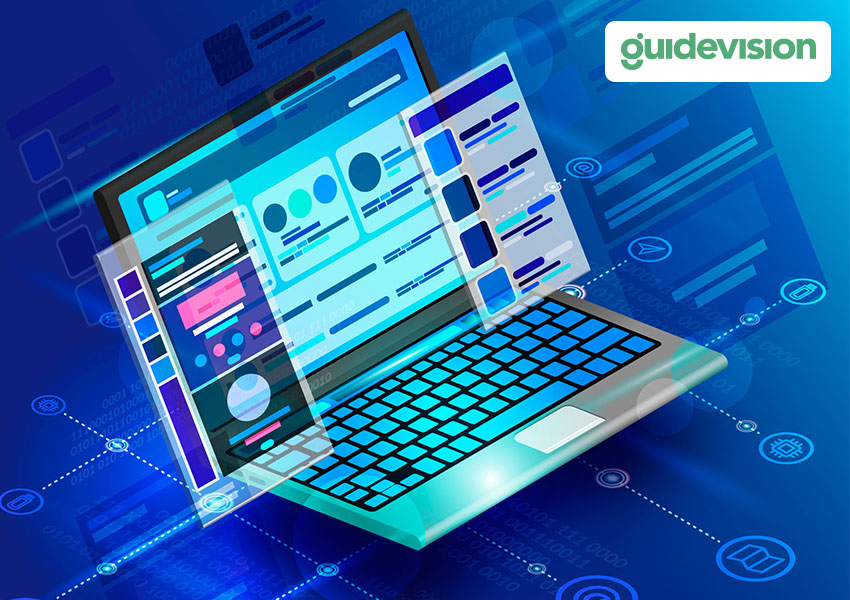How to collect software licensing information efficiently
- Share

How automated collection of software licensing information compares to manual processes
It’s often said that every company is now a software company. The average enterprise deploys almost 500 custom applications, and that’s on top of thousands of software licenses spanning operating systems, desktop applications, cloud services, and more. These figures increase exponentially with larger enterprises, particularly those with global branches in which different regions often come with variations and limitations regarding software licensing and availability.
Given that the number of software licenses rapidly increases with headcount, software type, and the number and variety of devices, collecting and managing software licensing at scale quickly becomes an enormous challenge. That’s why robust software licensing management is essential for streamlining deployment, achieving compliance, and preventing losses due to software piracy.
When you only have a few dozen devices and a handful of employees to worry about, manual ways of collecting software licenses might seem sufficient enough. But for a growing business, these manual processes soon become unwieldy to the point of being woefully impractical. An automated solution doesn’t just save time – it helps you overcome all the other challenges of scale and build a more efficient business.
Meet the challenges of scale with the remote discovery
Collecting software licensing information in a single facility is one thing, but when you have to do it across multiple branches, things get a lot more time-consuming. Factor in facilities and offices abroad, and it soon becomes a practical impossibility. Another consideration is the fact that more employees are working from home, using either company-issued devices with the licenses preinstalled or using their own devices to access cloud applications.
Automated software license management enables seamless scalability through a cloud-based solution that scans your entire infrastructure for installed and used licenses. This may be done remotely, collecting installation and registration keys and other important information from any device connected to the internet. In other words, administrators can conduct software audits across the entire enterprise, including software installed on devices in any geographical area.
Streamline compliance and software lifecycle management
Licensing management is a key component of software lifecycle management. An automated solution allows you to discover expired or otherwise invalid software licenses in an instant. For example, if a computer in your organisation is running a pirated version of Windows, you will be able to learn about it immediately and take the appropriate action to mitigate any losses or potential legal sanctions. Compliance is a major factor here, since it helps you control costs and reduce risk with complete transparency and oversight of your software environment.
Similarly, the ability to collect and manage software licensing information at scale can reveal software that’s nearing the end of its lifecycle. For example, if a device is running an outdated operating system or other software that’s no longer supported by its original developers, there will be a greater risk of a data breach or other security incident. Automation lets you quickly learn about any such software and upgrade it as necessary.
Another key advantage of automated software license discovery is that it can align with your internal policies. It’s not just about ensuring all your licenses are valid, up-to-date, and being used according to the license agreement. Most enterprises have a strict process for requesting new software deployments to reduce risk and ease the burden on management. This typically includes a long list of blacklisted software, such as that which is deemed potentially dangerous or bad for productivity. To ensure a cohesive software environment, automated software asset management can immediately identify any blacklisted software or unauthorised installations, allow administrators to take the necessary steps to reduce risk and enforce company policy.
Optimise expenditures on software licenses
Depending on the software and licensing programme, enterprise software is either licensed according to the number of users or the number of physical processing cores. The latter isn’t as common as it used to be given the widespread use of virtualisation and cloud computing. Automated licensing retrieval provides a thorough overview of which licenses are in use and which ones aren’t. For example, say you have a license which is valid for up to 100 machines or users, but it’s only being used by 80. As such, there’s no need to purchase additional ones until you’ve used up the licenses you have. Automation can reveal these unused licenses so you can deploy them as needed, rather than having to purchase more licenses ‘just in case’. Of course, your solution should also tell you how much time remains on the license, as well as the last time the software was used.
GuideVision empowers enterprises to achieve more with expertly guided workflow automation implementations powered by ServiceNow. Talk to us today to find out more.
Subscribe to our newsletter
Thank you!
You have successfully subscribed to our newsletter.
